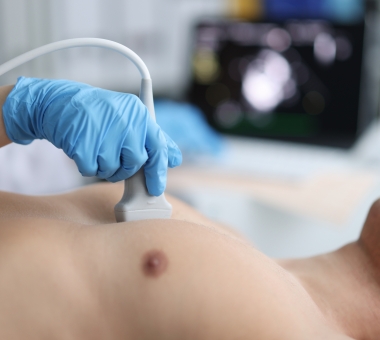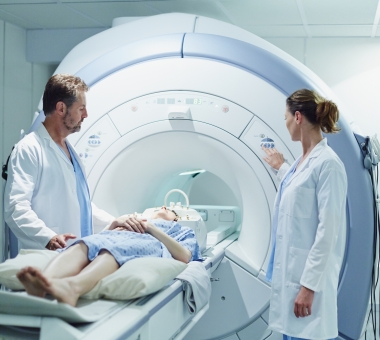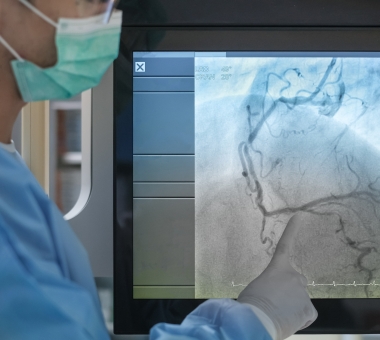Renal Artery Stenosis
(RAS)
Diagnosis
Early diagnosis and treatment of renal artery stenosis (RAS) can help prevent high blood pressure and lower your risk for kidney failure, heart attack, or stroke. In some cases, high blood pressure is a symptom of RAS, and sometimes RAS is discovered when your doctor is checking for blockages in other parts of the body, for example, in the heart (coronary) or carotid arteries. To confirm or rule out a diagnosis of RAS, your doctor will consider your medical and family history, perform a physical exam, and order a series of tests.
Medical history
To help diagnose RAS, your doctor will consider the following factors in your personal and family medical history:
- Whether you already have been diagnosed with cardiovascular disease, high blood pressure, or diabetes
- Whether there’s any history of heart disease in your family
- Whether you smoke or have smoked in the past
- What medications you currently take
- What you typically eat in your day-to-day diet
Physical exam and tests
Your doctor will also perform a physical exam that includes listening through a stethoscope for any sounds of turbulent blood flow in your abdomen, which can indicate a narrow or blocked artery. Based on the information gathered, your doctor may recommend additional testing. To better assess the size and location of any blockages and to gather the detailed information needed to develop an effective treatment plan, your doctor may recommend one or more of the following tests:

An ultrasound test allows your doctor to see blockages or narrowing in your blood vessels and determine the size of your kidneys.

This noninvasive test is essentially a specialized CT scan that provides pictures of the arteries of the abdomen, including the kidney arteries, as they arise from the main artery called the aorta.

An MRA is a type of MRI imaging that creates 3D images of the blood vessels. These images provide a more precise assessment of the severity and location of any blockages in the arteries.

This test involves an X-ray dye being injected into the arteries of your heart kidney to see the flow of blood to the kidney.